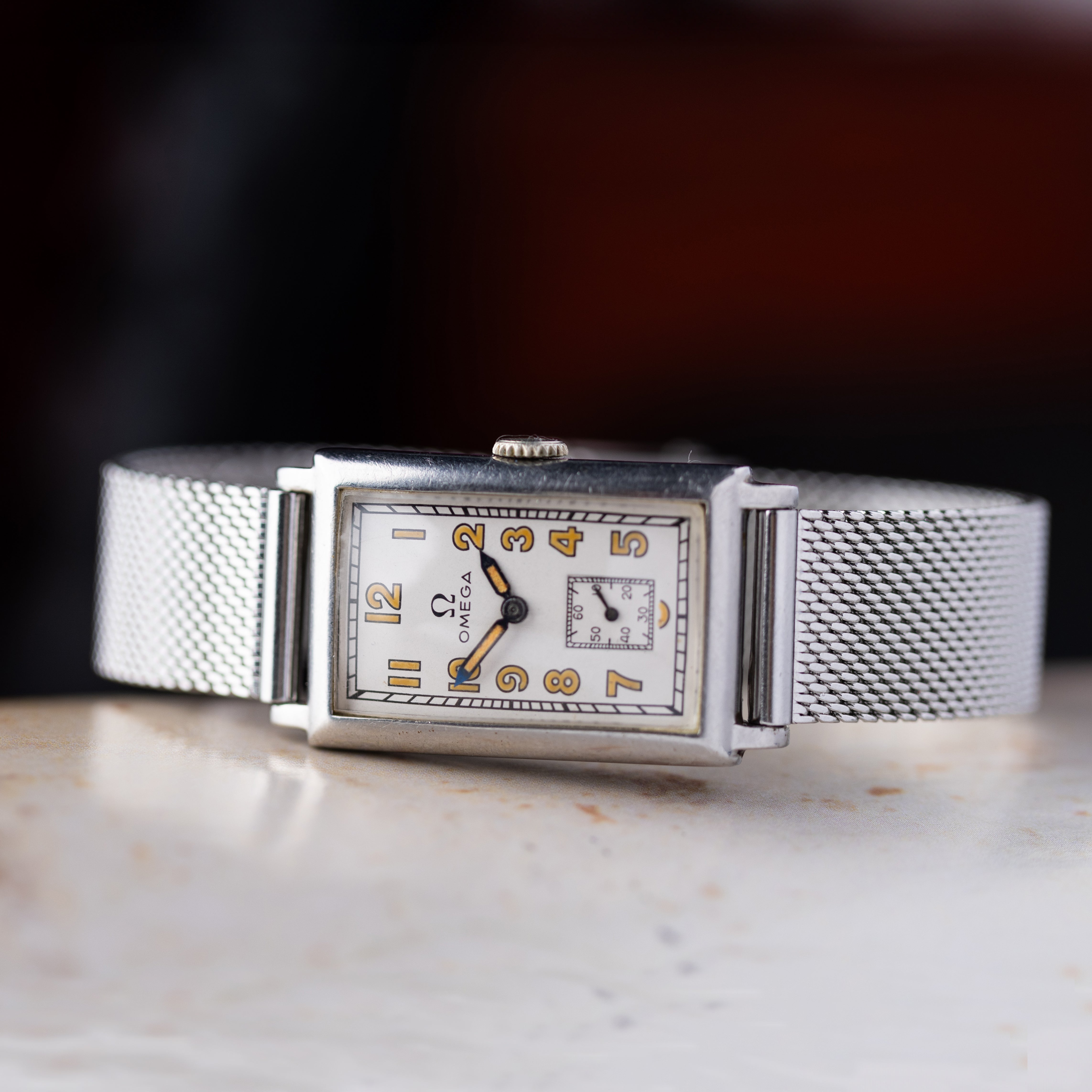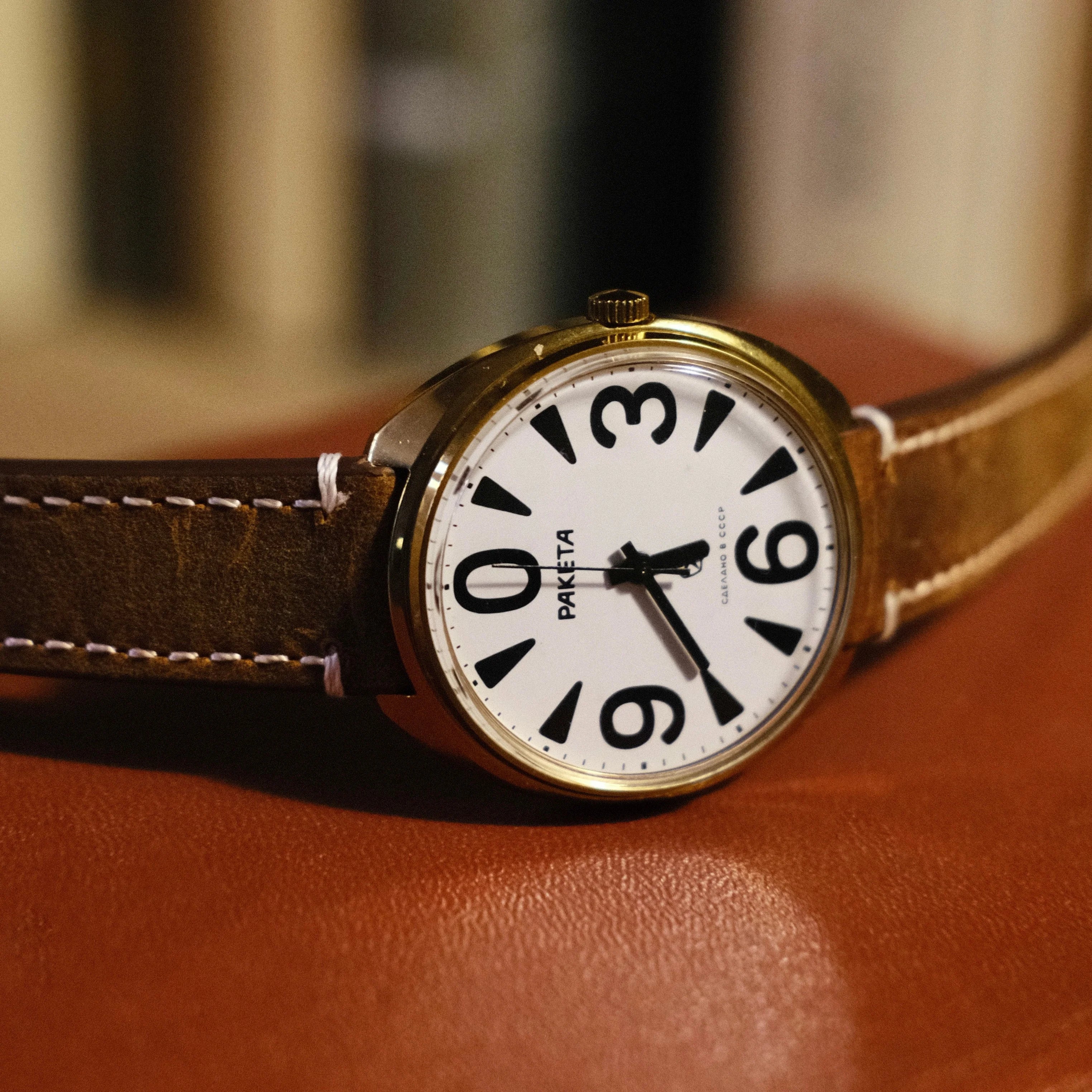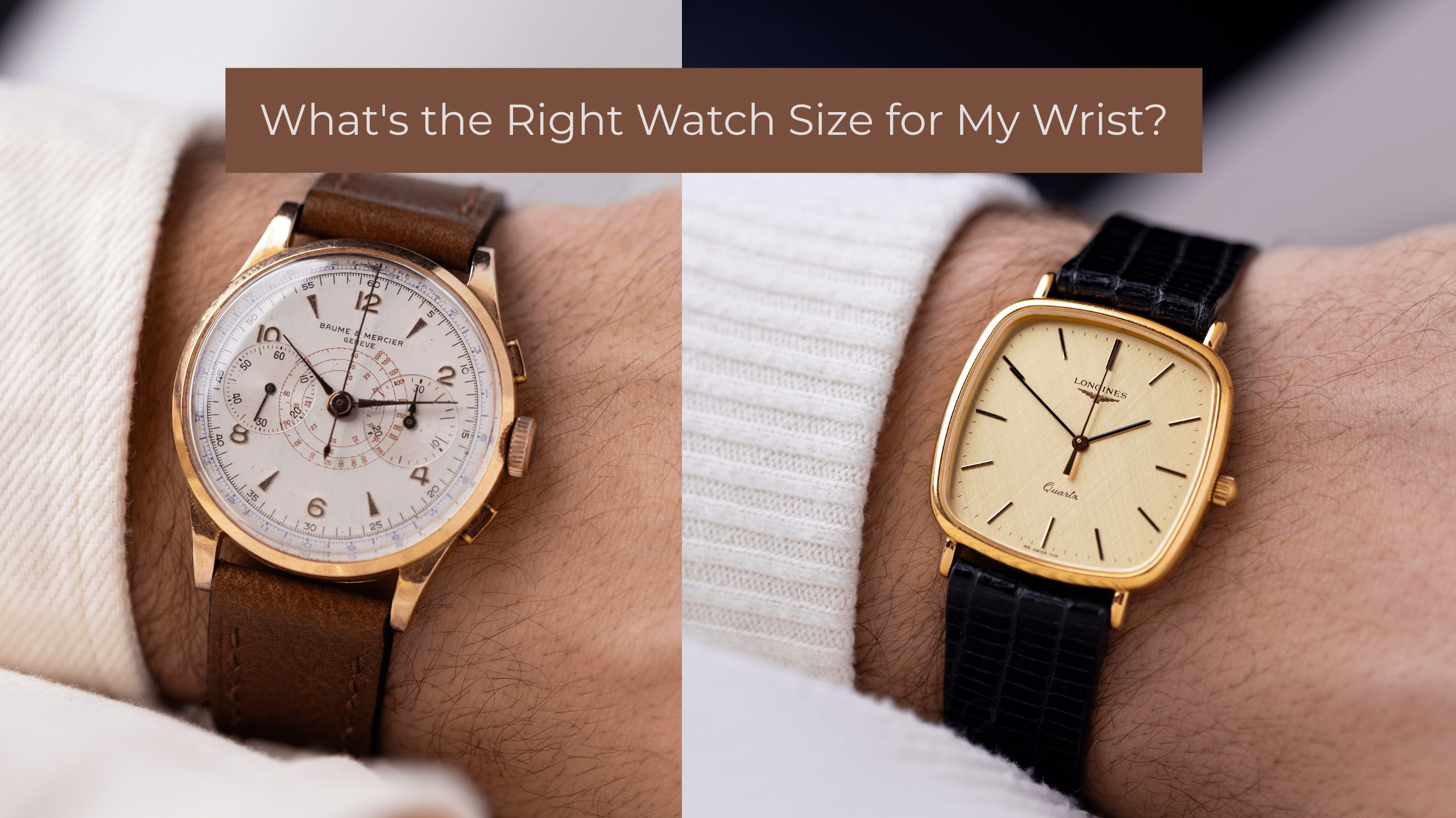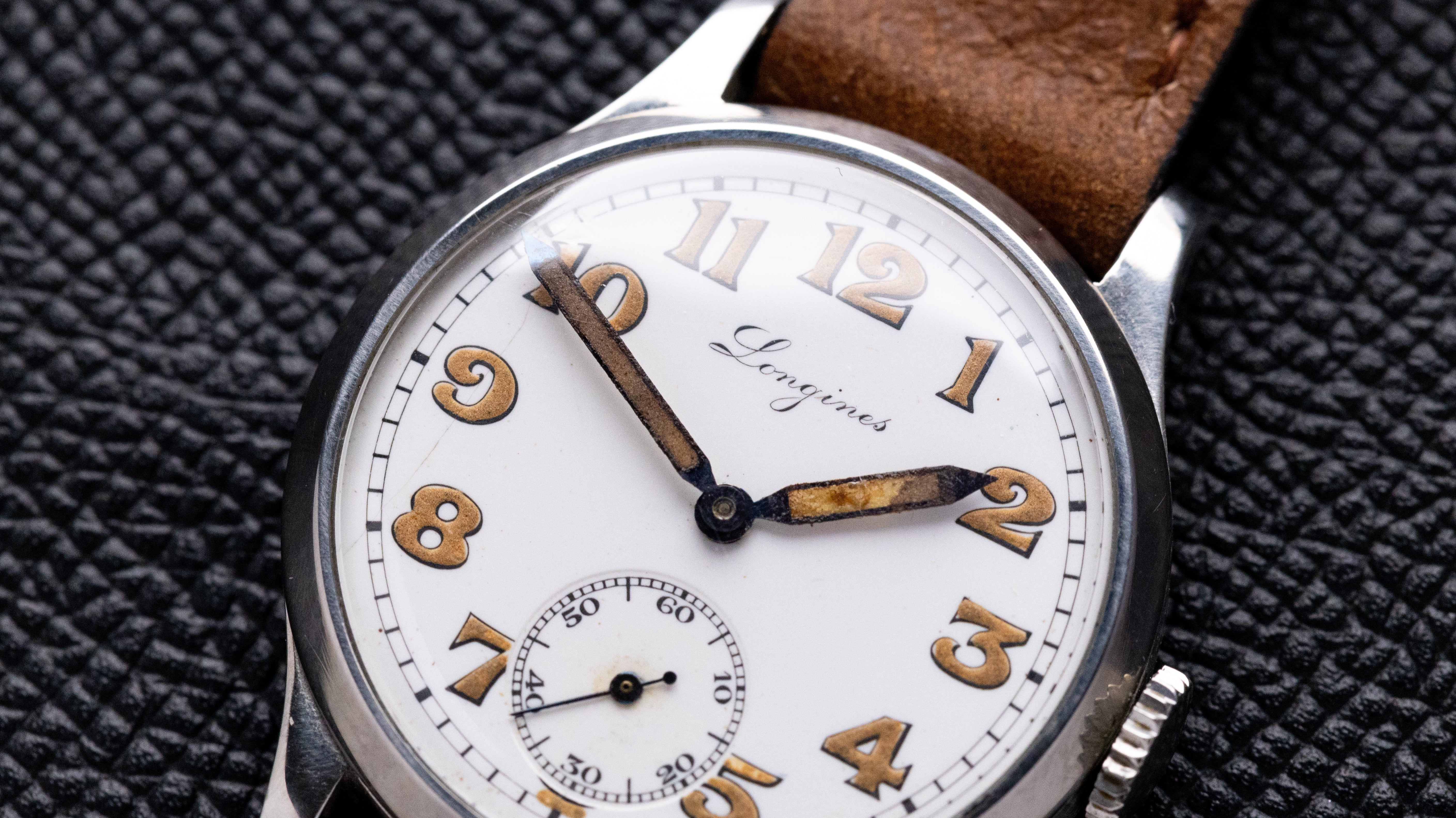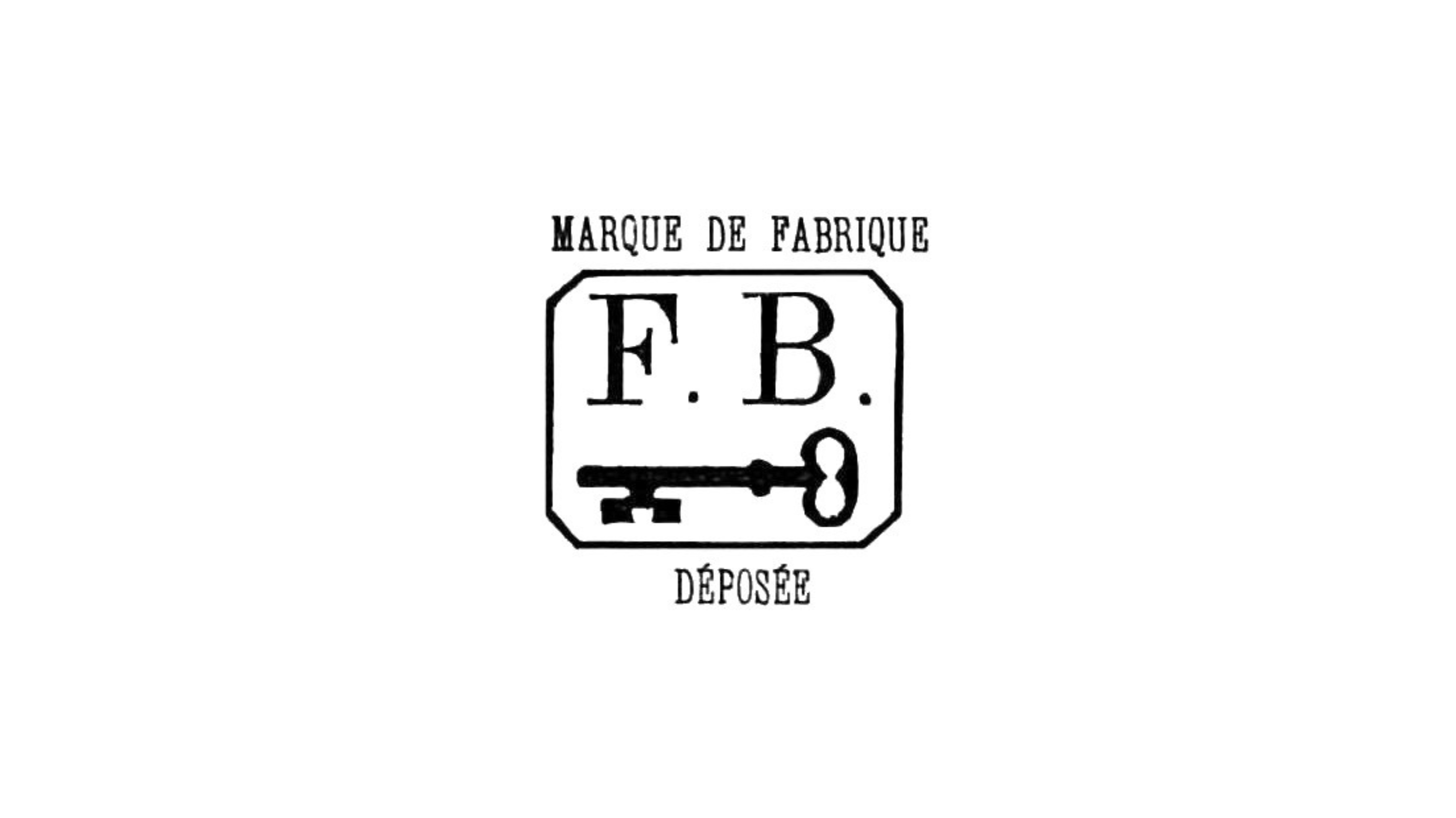Raketa watches are a well-known symbol of Soviet craftsmanship and ingenuity. As one of the country's leading watch brands, Raketa has played an important role in the Soviet watchmaking industry and in the larger economy. From its origins as a small watch factory in Petrodvorets, Russia, to its rise to fame as a popular and innovative brand, Raketa has a fascinating history that reflects the changes and challenges of the Soviet era.
This article will explore the journey of Raketa watches, from their creation to the fall of the USSR. We will examine the early years of the Petrodvorets Watch Factory and its transition to watch production, as well as the launch of the Raketa brand and its rise to fame within the Soviet Union. We will also delve into the role Raketa played in the Soviet economy, including its impact on job creation, foreign relations, and export markets.

Furthermore, we will discuss Raketa's competitors and collaborations within the Soviet watch industry, as well as the challenges the brand faced during the fall of the USSR and its impact on Raketa. Finally, we will examine Raketa's legacy, including its continued production post-USSR and its influence on the global watch industry.
By exploring the history of Raketa watches, we can gain a deeper understanding of Soviet industry, innovation, and cultural influence.
The Origins of Raketa Watches
The story of Raketa watches begins with the Petrodvorets Watch Factory, founded in 1721 as a manufacturer of luxury items for the Russian royal court. Over the years, the factory evolved to produce precision instruments and became a leading supplier of navigational equipment for the Soviet navy.
In the 1940s, the Soviet government began to prioritize watch production as a way to demonstrate the country's industrial capabilities and provide accessible timekeeping devices for its citizens. The Petrodvorets Watch Factory transitioned to watch production, and by the 1960s, it was one of the leading watch factories in the USSR.
The Raketa brand was launched in the 1960s, and its name was inspired by the Soviet Union's space program and its satellite, Sputnik. Raketa watches quickly gained popularity within the USSR, thanks to their unique designs and affordability.
Raketa watches were distinct from other Soviet watch brands due to their technological advancements, such as the 24-hour watch and other unique features. These innovations were the result of the Petrodvorets Watch Factory's investment in research and development, which helped it stay ahead of its competitors.
Despite being mass-produced, Raketa watches were also known for their high-quality construction and accuracy. The brand became a symbol of Soviet engineering prowess and a point of national pride.

In summary, the origins of Raketa watches can be traced back to the Petrodvorets Watch Factory, which transitioned from luxury item production to watchmaking to meet the Soviet government's industrial priorities. The launch of the Raketa brand in the 1960s brought innovative and affordable timekeeping to Soviet citizens and contributed to the country's reputation as a leader in precision engineering.
Raketa's Rise to Fame
Raketa watches enjoyed immense popularity within the USSR during the 1960s and 1970s, becoming one of the most recognizable brands in the country. The brand's success was due to its unique designs and affordable pricing, which made Raketa watches accessible to a wide range of consumers.
One of the most popular Raketa models during this period was the "Paketa," which was known for its striking red-and-gold color scheme and its reliability. The Paketa was a favorite among Soviet military personnel and was often given as a gift to foreign dignitaries.

Another factor that contributed to Raketa's rise to fame was the brand's focus on technological advancements. Raketa watches were some of the first to incorporate features like a 24-hour dial, which was especially useful for military personnel who needed to track time on a 24-hour schedule. The brand also developed a variety of other unique features, such as shock-resistant cases and self-winding movements.
Raketa watches were also popular among athletes and sports enthusiasts. The brand sponsored numerous sports teams and competitions, and its watches were frequently worn by Olympic athletes.
In addition to its popular designs and innovative features, Raketa's success was also due to the brand's clever marketing campaigns. The company employed a variety of advertising strategies, including billboards, television commercials, and print ads in popular magazines.
Overall, Raketa's rise to fame was the result of a combination of factors, including unique and affordable designs, technological innovations, and clever marketing. The brand's popularity was a reflection of the Soviet Union's growing industrial and technological capabilities, and it served as a symbol of Soviet engineering excellence.
Competitors and Collaboration within the Soviet Watch Industry
Raketa was not the only Soviet watch brand in the market, and it faced competition from other companies such as Poljot and Vostok. Poljot was known for its high-end watches, while Vostok specialized in durable and reliable timepieces for military and industrial use.
Despite this competition, there were also collaborations and knowledge sharing within the Soviet watch industry. Different factories would often work together on joint research projects, sharing their expertise and technology to improve the quality of their watches.
Additionally, the Soviet government organized regular industry conferences where watchmakers could come together to discuss their latest developments and share their experiences. These conferences provided an opportunity for manufacturers to learn from each other and to showcase their latest innovations.
Despite the competitive nature of the Soviet watch industry, there was also a sense of cooperation and collaboration. By working together, watchmakers were able to share their knowledge and resources, ultimately contributing to the growth and success of the industry as a whole.
The Fall of the USSR and Its Impact on Raketa
The fall of the USSR in 1991 had a significant impact on Raketa and the entire Soviet watch industry. The collapse of the Soviet economy led to a devaluation of the ruble, which made it difficult for Raketa to compete in the global market. Furthermore, the loss of government support and funding for the industry led to a decline in production and quality.
As a result, Raketa faced a range of challenges during the post-USSR era, including increased competition from foreign brands and changes in consumer preferences. Many Russians began to favor Western brands, which were seen as more fashionable and modern.
Despite these challenges, Raketa continued to produce watches in the post-USSR era, albeit at a reduced capacity. The company struggled to maintain its previous level of innovation and quality, and its market share continued to decline.
However, in recent years, there has been a resurgence of interest in Raketa watches, both in Russia and abroad. The brand has undergone a revival, with new models and modern innovations. While it may never recapture its former glory, Raketa's legacy as a symbol of Soviet engineering and innovation continues to live on.

Raketa's Legacy
Raketa's legacy is an important part of Soviet watchmaking history. The brand's innovative designs, technological advancements, and affordability made it a popular choice for consumers within the USSR and beyond. Even after the fall of the USSR, Raketa's continued production and modern innovations have kept the brand relevant and interesting to watch collectors and enthusiasts.
Furthermore, Raketa's influence on the global watch industry can still be seen today. Its timekeeping innovations and impact on design trends have contributed to the development of modern watchmaking techniques. The brand's commitment to quality and precision engineering has set a standard for watchmakers around the world.
In conclusion, the history of Raketa watches is a fascinating tale of Soviet industrialization, innovation, and cultural influence. From its origins as a small watch factory in Petrodvorets to its rise to fame as a popular and innovative brand, Raketa played an important role in the Soviet watchmaking industry and in the larger economy.
The brand's unique designs, affordability, and technological advancements made it a favorite among Soviet citizens, athletes, and military personnel. While the fall of the USSR presented challenges for Raketa and the entire watch industry, the brand's continued production and modern innovations have kept its legacy alive.
Raketa's influence on the global watch industry can still be seen today, from its timekeeping innovations to its impact on design trends. Its commitment to quality and precision engineering has set a standard for watchmakers around the world.
Overall, the story of Raketa watches is a testament to Soviet engineering excellence and innovation. Its legacy will continue to be celebrated as a symbol of the country's industrial and cultural heritage.

